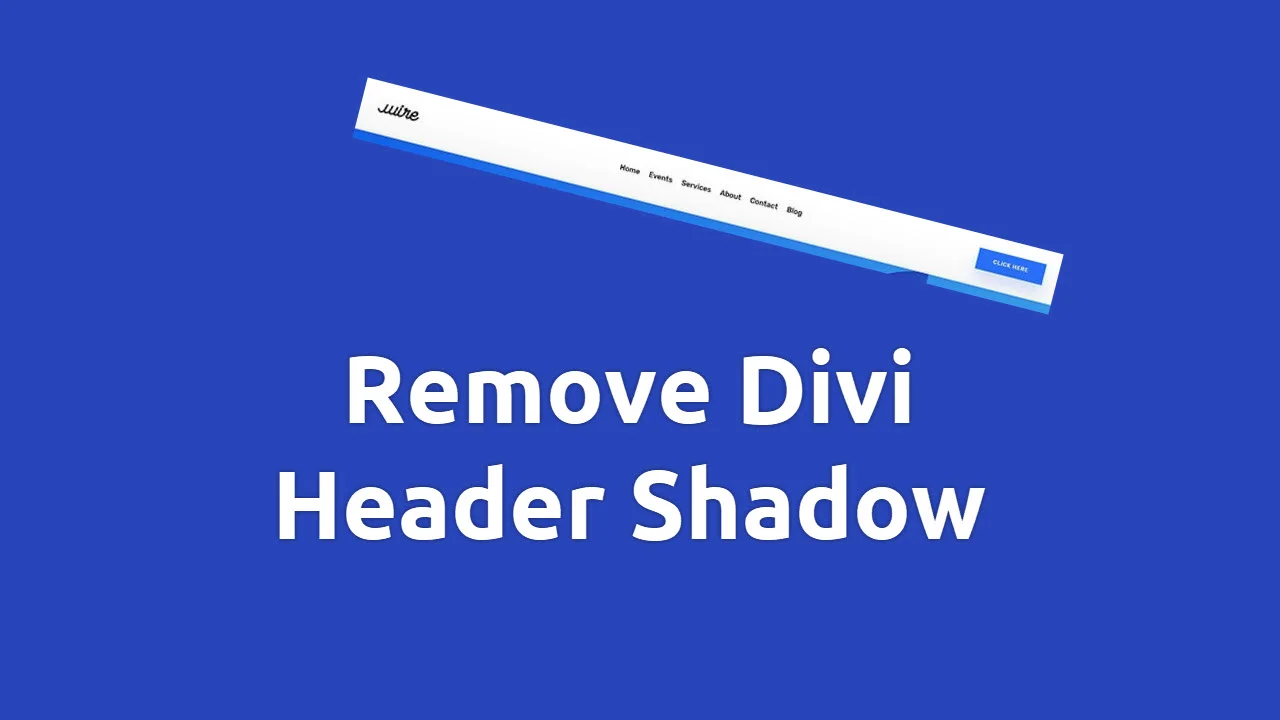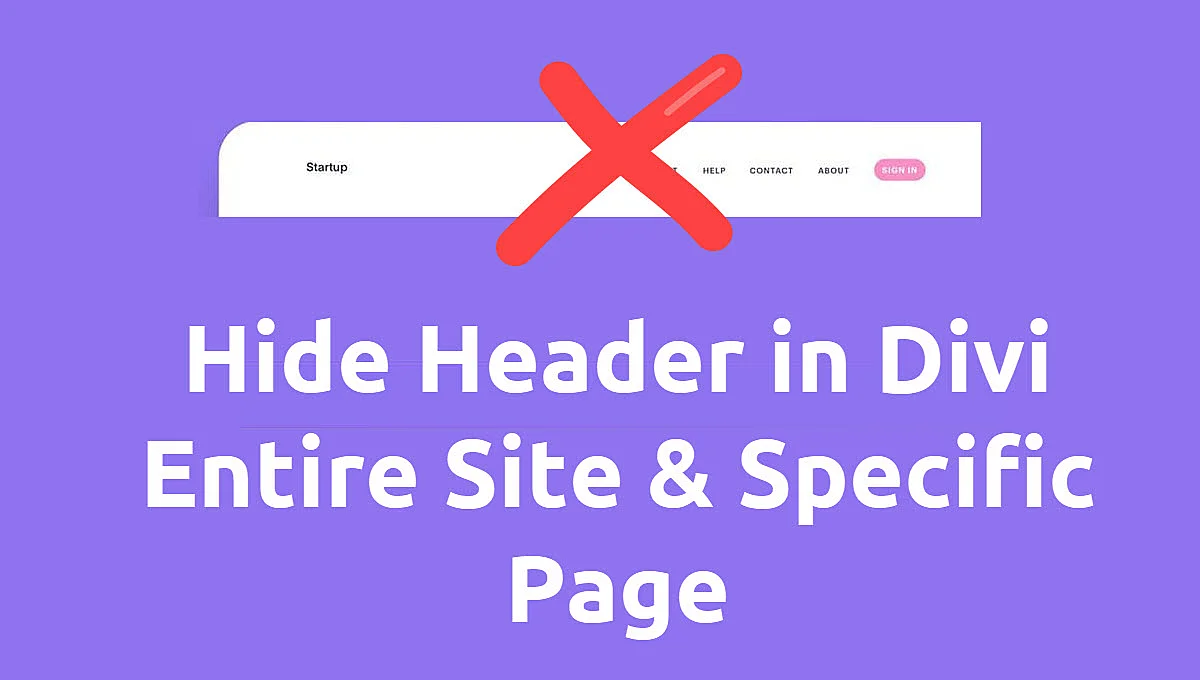How to Use Local Fonts in Divi

Are you looking for a way to use local fonts in divi?
Typography plays a pivotal role in web design. It sets the tone, communicates your brand’s identity, and significantly impacts the overall user experience. While the Divi theme offers an array of default fonts and customization options, sometimes you need that extra touch to make your website truly unique. That’s where local fonts come into play.
In this step-by-step guide, we’ll walk you through the process of using local fonts in Divi. By the end of this tutorial, you’ll have the knowledge and tools to create a typography masterpiece that matches your brand’s personality perfectly.
Why Use Local Fonts in Divi?
Before we dive into the “how,” let’s discuss the “why.” Local fonts, also known as custom or self-hosted fonts, offer several advantages:
- Brand Consistency: Local fonts allow you to maintain consistent typography across your website, ensuring that your brand’s identity shines through.
- Unique Design: By using local fonts, you can set your website apart from the competition, avoiding the common default font choices.
- Improved Performance: Hosting fonts locally can reduce reliance on external servers, potentially speeding up your website’s loading times.
Use Local Fonts in Divi: Step by step
Step 1: Disable Google Fonts in Divi’s Theme Options.
Step 2: Edit your page with Divi Builder. Add a Text Module. In the module settings (Design tab -> Text block), click “Text Font.“
Step 3: Upload your custom font files and name your font.
By following these steps, you can use local fonts in Divi and have control over your website’s typography.
Optimizing Typography with Local Fonts
Typography is a critical aspect of web design, and using local fonts in Divi can significantly enhance your website’s appearance and brand identity. Let’s explore how to further optimize typography with local fonts:
- Typography: Set font styles, sizes, and colors aligned with your brand.
- Choose Complementary Local Fonts: Pair fonts for contrast and readability.
- Create Font Hierarchy: Assign fonts to headings, subheadings, and body text for consistency.
- Upload and Apply Fonts: Use local fonts throughout your website.
- Test Responsiveness: Ensure fonts look good on all devices.
- Monitor Load Times: Optimize performance if needed.
Troubleshooting and Tips
While using local fonts in Divi can greatly improve your website’s aesthetics and branding, you may encounter some challenges along the way. Here are some troubleshooting tips and additional advice:
Troubleshooting local fonts in Divi? Here are some tips:
- Cross-Browser Compatibility: Ensure fonts display correctly on all browsers.
- Font File Formats: Verify correct font file formats and links in CSS.
- Font Licensing: Respect font licensing terms.
Conclusion
By following these simple steps, you can harness the power of local fonts in Divi to create a website that stands out and communicates your brand effectively. Experiment with different fonts, but remember to maintain consistency across your site for a polished and professional appearance.
Typography is just one element of web design, but it’s a crucial one. With Divi and local fonts at your disposal, you have the tools to craft a visually stunning and unique online presence.
Start experimenting with local fonts in Divi today, and watch your website transform into a captivating digital experience.
What are local fonts in Divi?
Local fonts in Divi are custom fonts that you upload and host directly on your website, as opposed to relying on external font services like Google Fonts.
Why should I use local fonts in Divi?
Using local fonts allows you to have more control over your website’s typography, ensuring that your brand’s identity is accurately represented and that your website stands out from the rest.
Can I use multiple local fonts in Divi?
Yes, you can use multiple local fonts in Divi. Just upload all the font files you need and apply them as required to different elements on your website.
Do local fonts affect my website’s SEO or compatibility?
Local fonts do not have a significant impact on SEO, but it’s essential to ensure that they render correctly across various browsers and devices to maintain compatibility.




